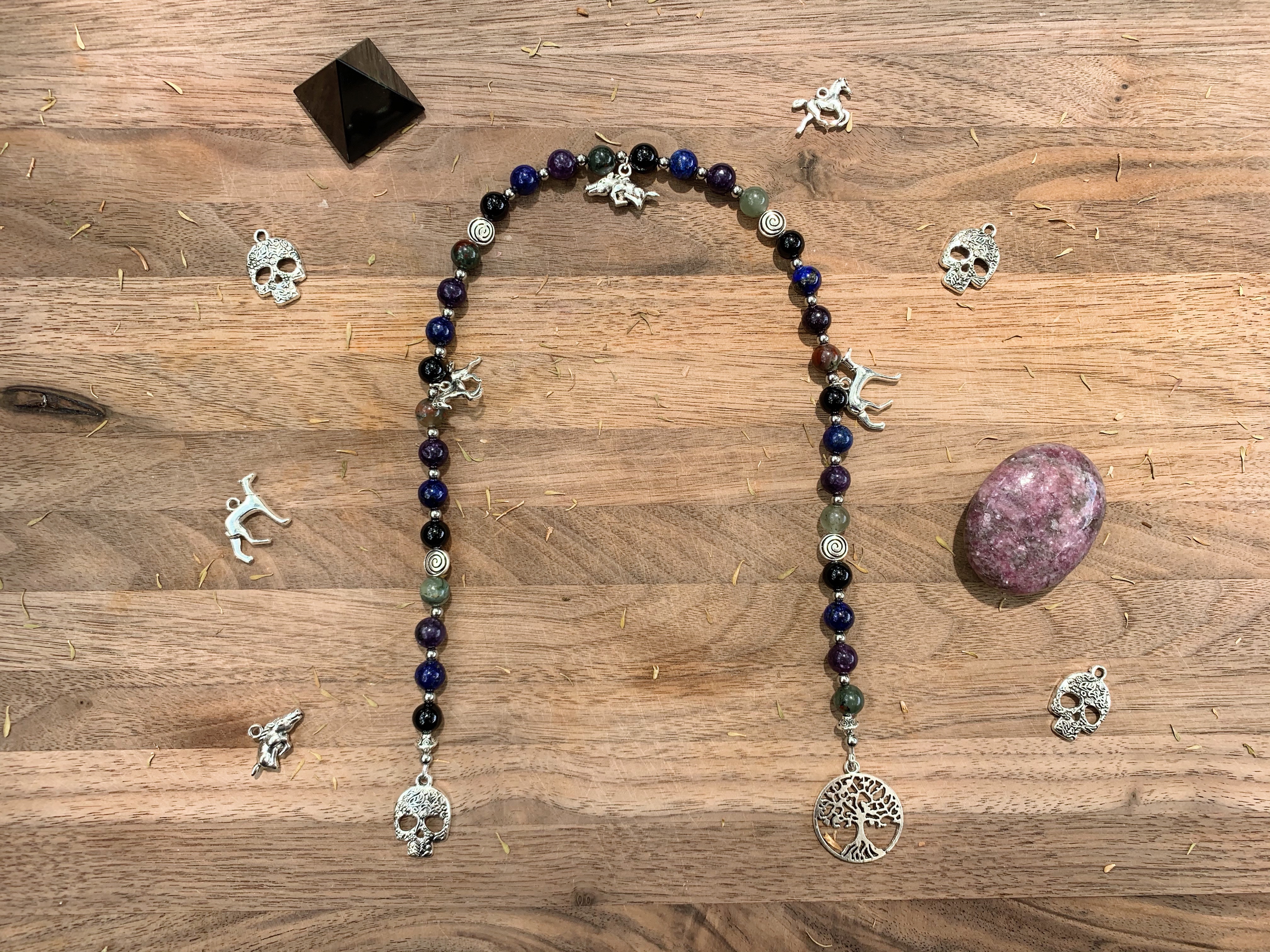
Shop Ancestor Prayer Beads
The wheel of the year is ever-turning, and slowly but surely summer is melting away into autumn. As we enter the darker half of the year, it is not uncommon to sense an increase in activity and messages from the spirit world; the veil is between the earthly plane and the spirit realm is thinning, and the season of the witch is upon us.
There are many ways to make use of this cyclical thinning of the veil between worlds, such as reaching out to spirits for guidance, protection, or wisdom. Personally, I believe that one of the most meaningful ways to connect with the spirit world during this time is through the practice of ancestor veneration, or ancestor worship.
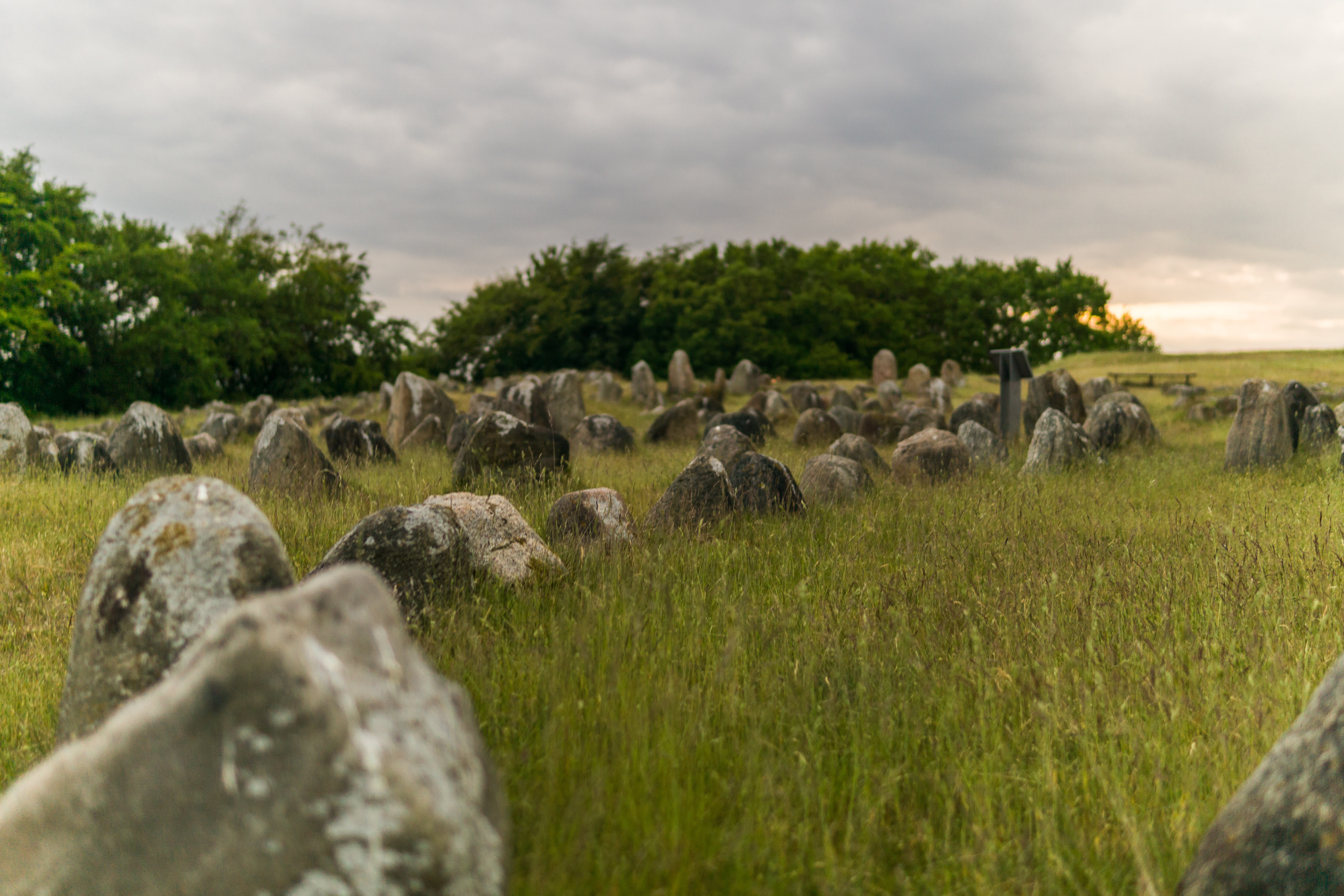
In my darkest moments of fear, grief and uncertainty, it is my ancestors that I turn to first.
I call upon them when I use my oracle cards in search of truth and guidance, I call upon them to carry my prayers to the realm of the divine so they might be answered, and I call upon them to watch over and protect my home and my family.
We will never know the names and histories of all our ancestors; though some of us may be lucky enough to have traced back one or more of our ancestral lines a few hundred years, each of us have thousands and thousands of ancestors.
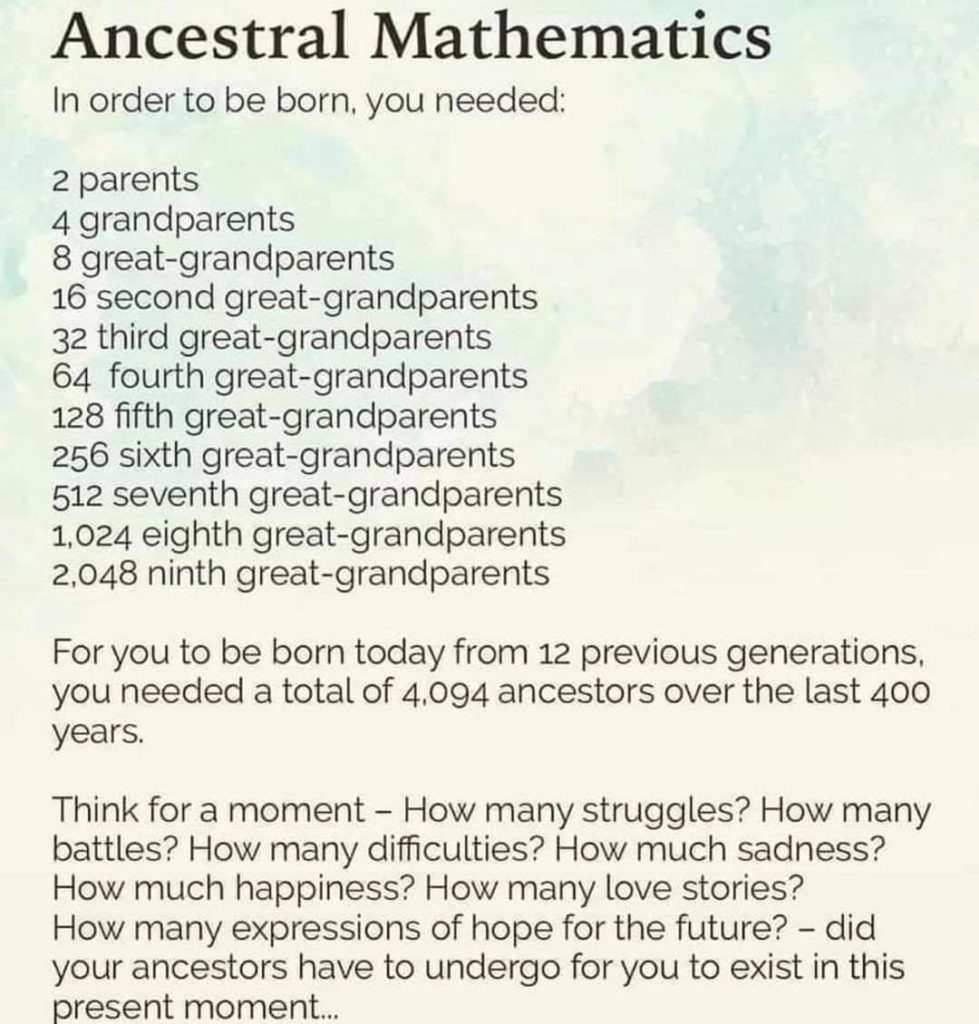
But although their names and stories may be lost to us, we exist because of the choices they made. We are the living legacies of our ancestors.
By honoring those who came before us, we also honor those countless untold love stories, heartbreaks, challenges, and sacrifices that live on through us, and that led to our creation. To me, this is a deeply meaningful part of my spiritual practice.
Additionally, by venerating deceased members of our bloodline, the living may be able to ask for protection, wisdom, or other blessings.
In celebration of those who came before us, I have designed a set of ancestor prayer beads to be used in the practice of ancestor veneration, prayer, or worship.
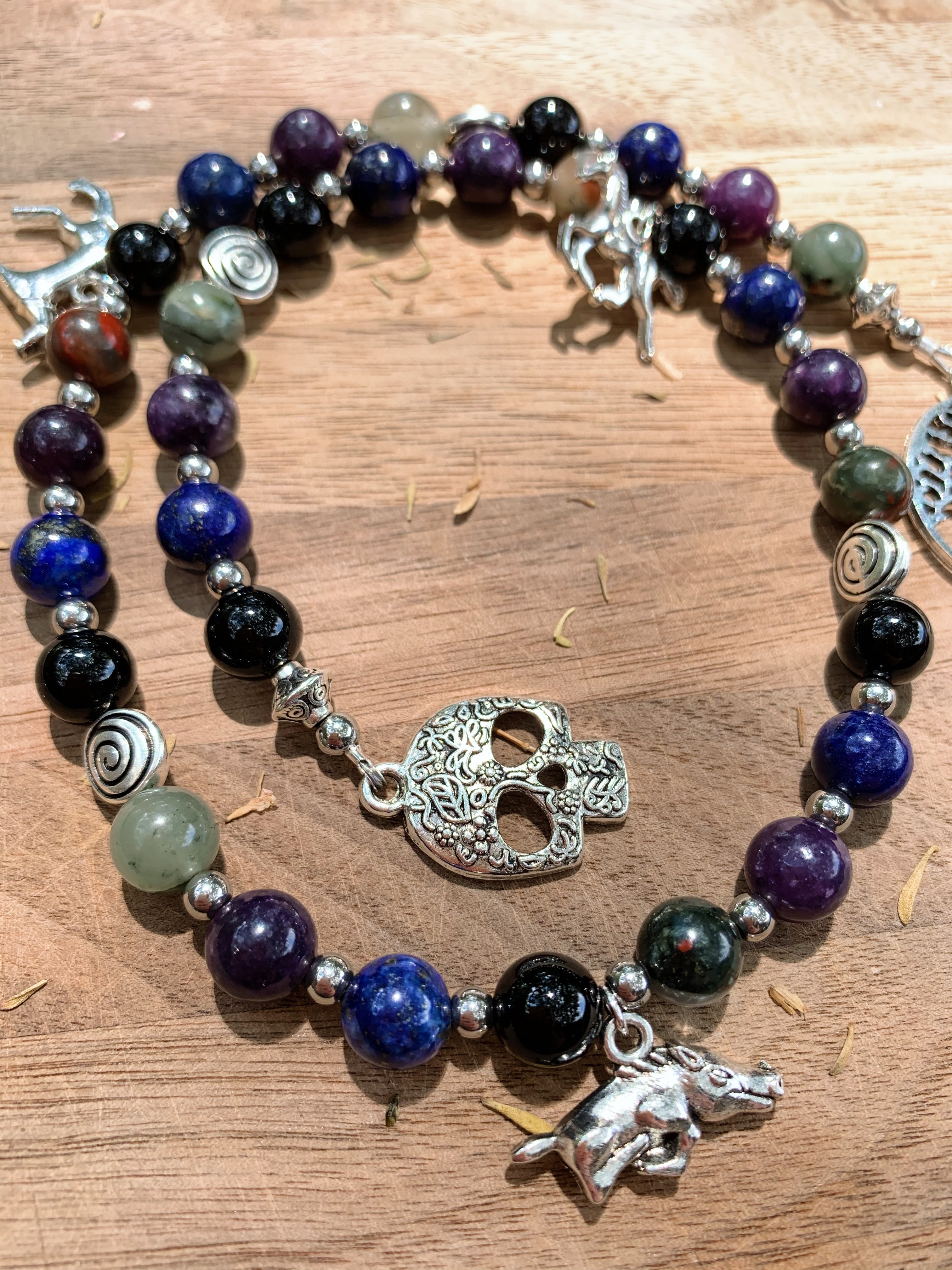
The design of these meditation beads was inspired by traditional pagan funeral practices, beliefs about death, and myths regarding the underworld or afterlife, based on archeological finds and preserved texts.
The Traditions of Ancestor Veneration
Ancestor worship is as old as history itself, and was widely practiced by a number of pre-Christian cultures such as the Celts, Germans, Slavs, and Romans. October 31 and November 1 are traditional dates associated with ancestor veneration, as this is halfway between the autumn equinox and the winter solstice.

In Ireland, Scotland, and the Isle of Man, the Gaelic festival Samhain marked the end of the harvest season and the start of the darker half of the year. Calan Gaeaf is a similar festival that was held on the same dates in Wales.
Samhain was viewed as a liminal time, when the souls of the dead could return once again to this realm. It was customary to hold a feast, and set a place at the table for the dead. Many modern pagans, especially those who follow a Celtic path, still celebrate Samhain.
Dziady is an ancient Baltic and Slavic feast that commemorated dead ancestors and celebrated the souls of forefathers. It is still celebrated in parts of Poland, Belarus, Lithuania and Latvia.
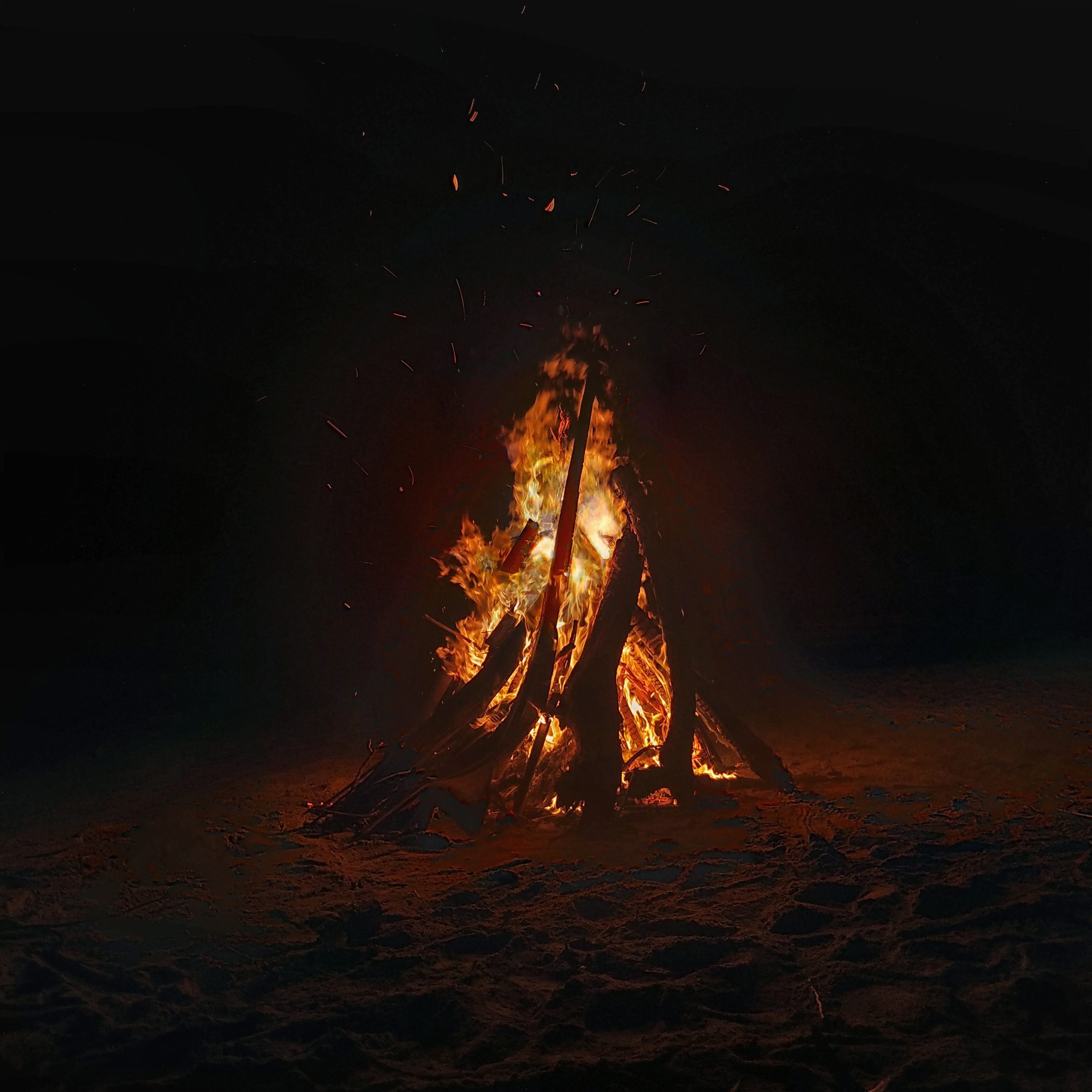
The Germanic calendar was said to include three great festivals: one marking the start of summer, one marking the start of winter, and one at mid-winter. The start-of-winter festival was held in mid-to-late October and was known as Winter Nights (Vetrnætr). This festival was said to involve three nights of feasting.
Dísablót, a sacrifice to the female guardian spirits (called Dísir) and Álfablót, a sacrifice to Freyr and the elves (perhaps meaning male ancestors) both took place during Winter Nights. This festival is celebrated by Heathens and other Norse / Anglo-Saxon pagans in modern times.
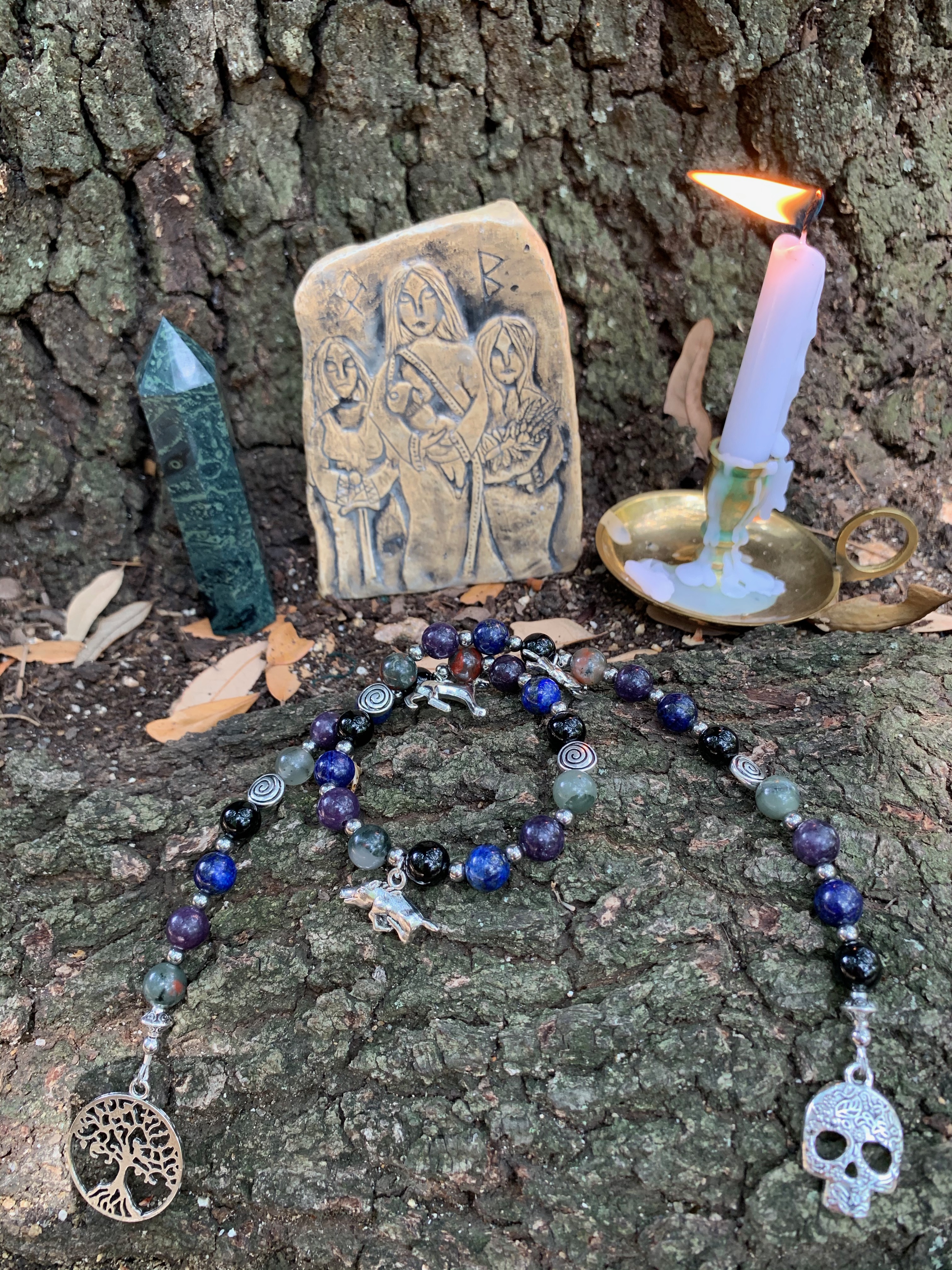
You might also be familiar with Día de Muertos. Known as Day of the Dead in English, this is a multi-day holiday starting on October 31 in Mexico, during which time individuals pray for and remember deceased family and friends. It is considered a day of celebration, because loved ones can awaken and revisit their homes once more.
About the Ancestor Prayer Beads
The pendants and charms used in these ancestor prayer beads were inspired by the historic festivals and myths listed above, as well as European pagan burial rites. They symbolize the ancestors and their journey through the underworld.
The Boar
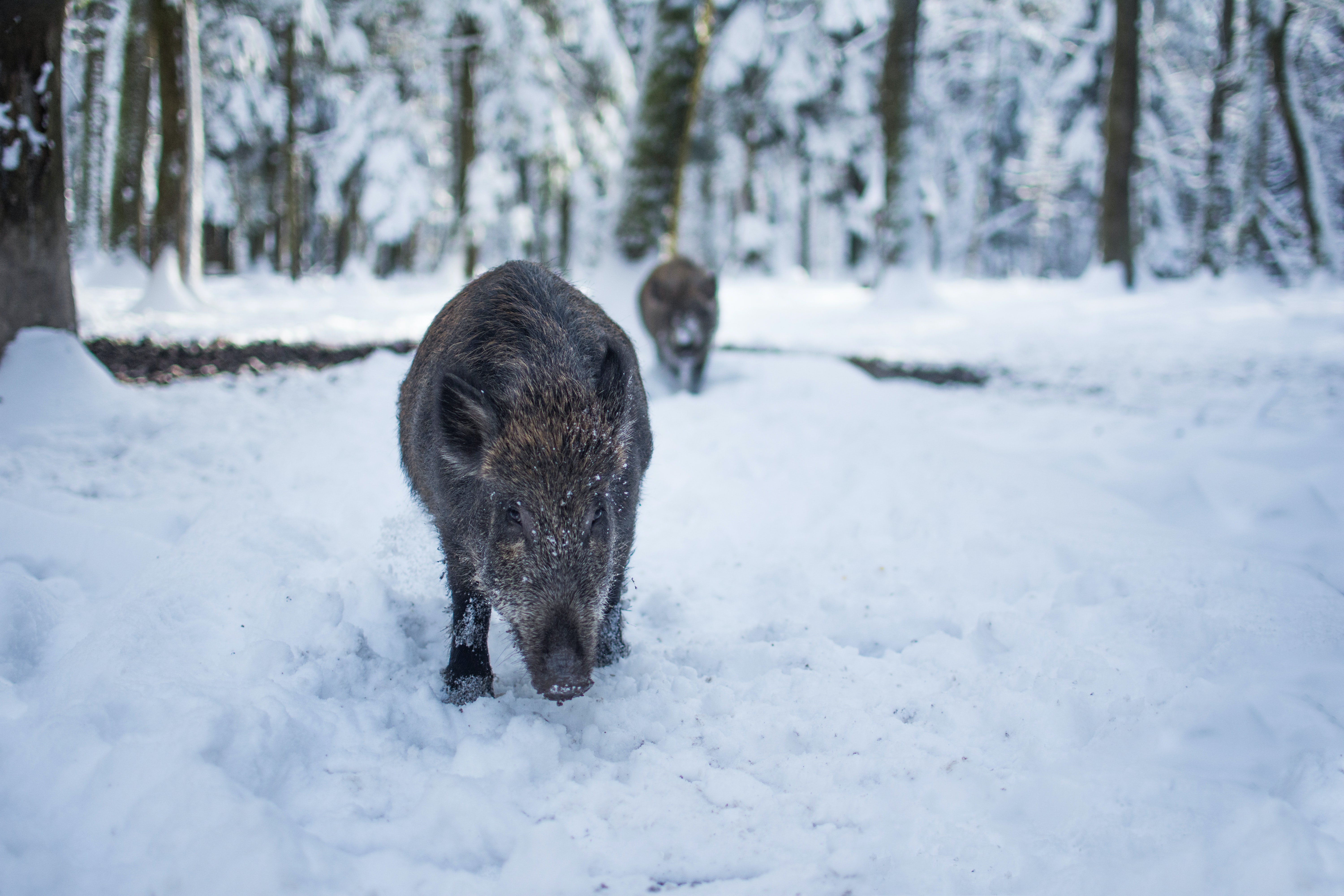
In Germanic mythology, boars had an important association with death, the gods, and the underworld.
“The heads of pigs have been found in Germanic graves of the pre-Christian period. One early cremation urn from Saxony had a boar on the lid, and the boar seems to have had some association with the dead in the fifth and sixth centuries AD…boars were certainly popular in Sweden in the Vendel period, from about AD 600 to 800.”¹
Sacrificial boars were often served at celebratory feasts, and in the Icelandic poems and sagas there are references to individuals placing their hands on the carcass of a boar and making vows to Freyr.
Indeed, a golden boar is one of the symbols of the Vanir deities Freyr and Freyja. In one of the myths, Freyja rode a boar into the underworld to learn the names of her lover’s ancestors.
The Dog
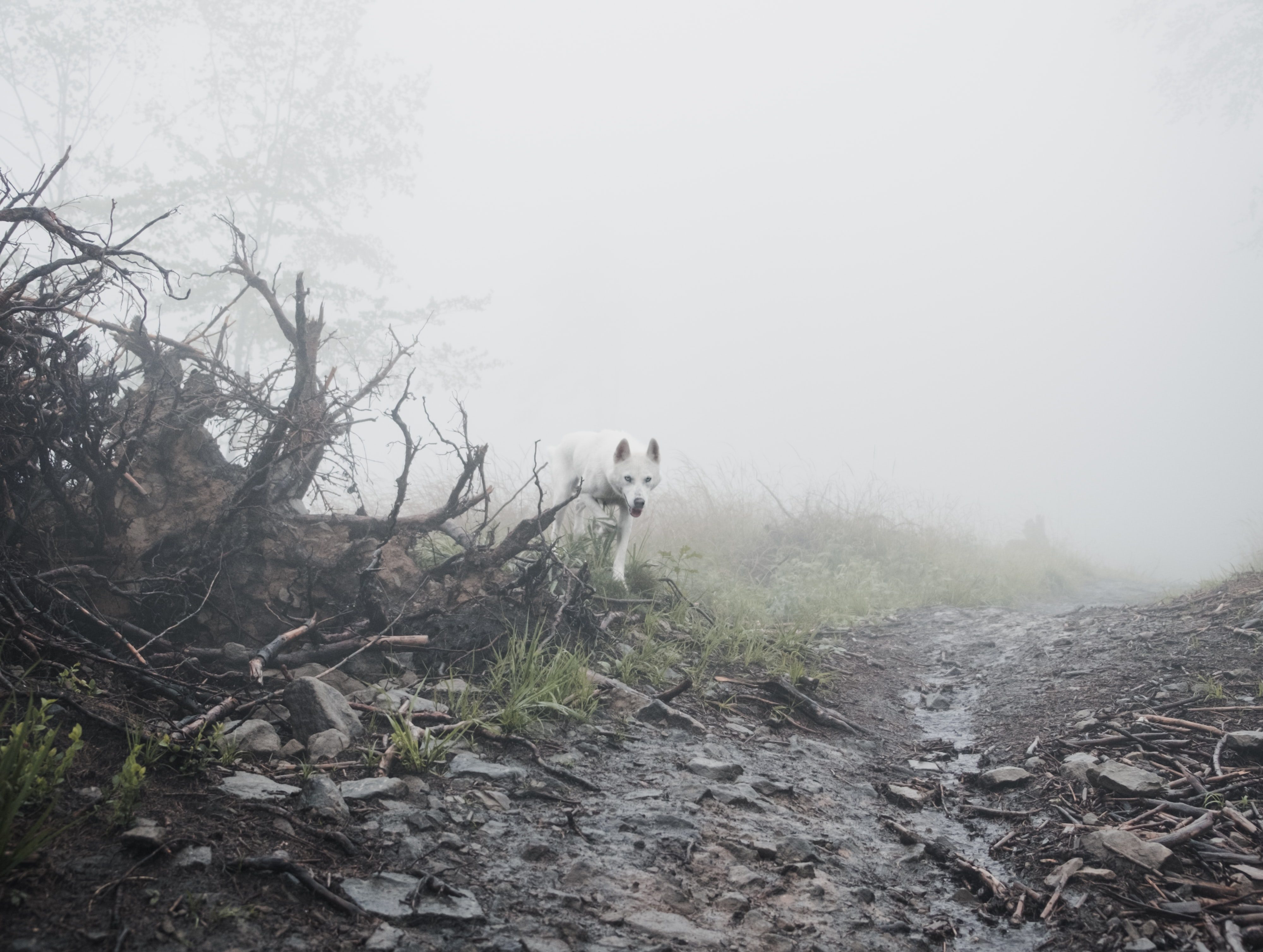
Dogs were considered to be a highly sacred animal in many European pagan traditions, including among the Celts, Romans, and Scandinavians.
“Dogs appear to have had much significance for the Celtic people, so much so that Miranda Green places them together with horses and bull as one of the three most important domestic animals with a sacred significance. The dog is associated in Mediterranean areas with healing, hunting and death, and these rules seem to have been recognized by the Celts.”¹
In Scandinavian myth, the dog was viewed as a guardian of the underworld. Dog skeletons have been recovered at many Scandinavian burial sites, likely sacrificed during funerals to serve as a guide for the recently deceased.
The great Icelandic sagas mention dogs accompanying their masters to Valhalla after death. It appears that the dog acted as a sort of psychopomp, guiding the soul from the realm of the living to the land beyond death.
The Horse
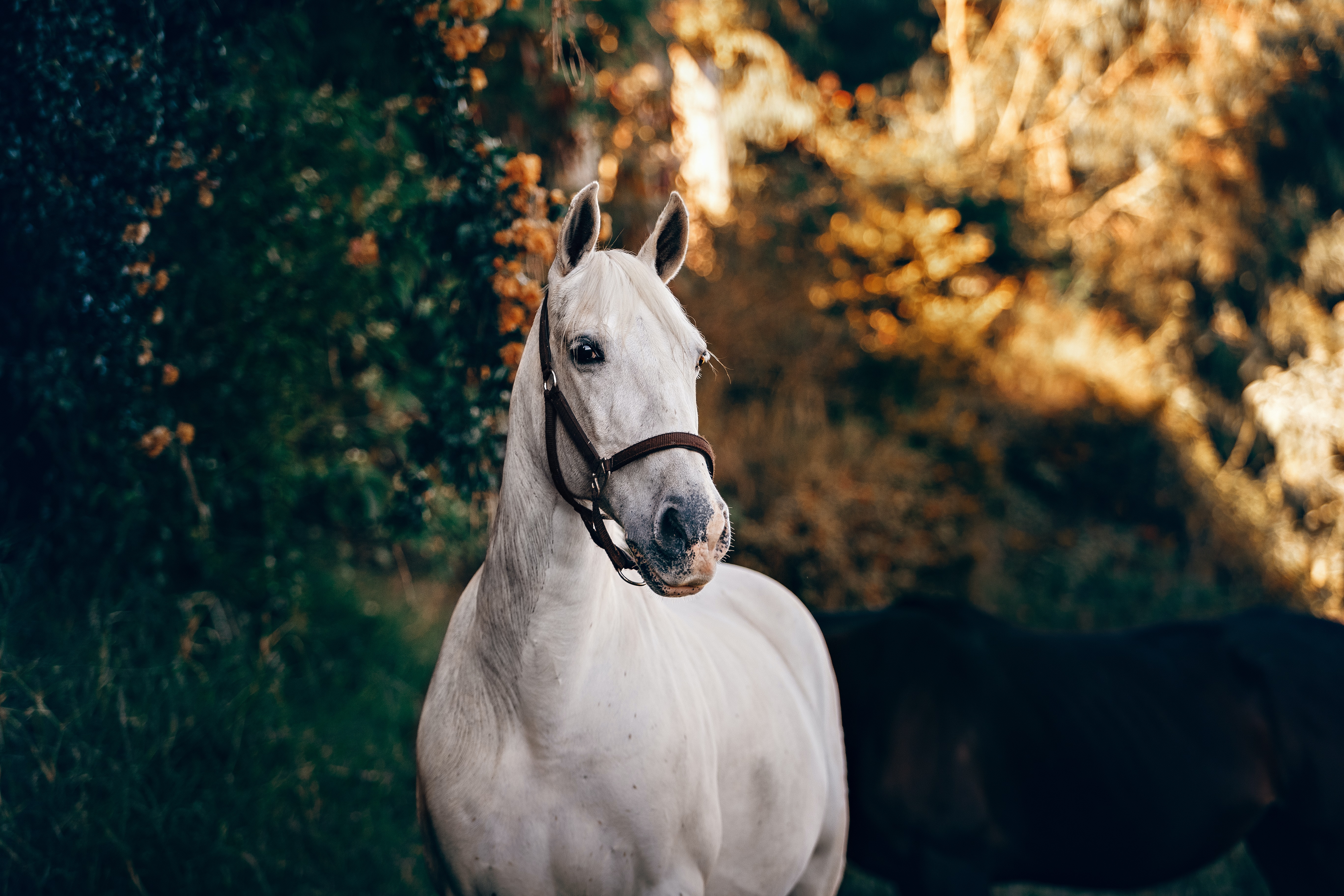
Horses have served as an important religious symbol from the Bronze Age onwards. They were associated with the journey of the sun, and likewise the journey of the soul from birth to death.
“A horse could carry a departed hero to the realm of the dead, and is shown doing this on many of the memorial stones set up in Gotland in the Viking Age. Like Freyr’s boar, Odin’s horse travelled swiftly through the sky and down into the realm of death.”¹
The pre-Christian Anglo-Saxons and Scandinavians regularly scarified horses during funeral rituals. Horses were a necessary part of a warrior’s equipment during life, and so it was believed they would be equally necessary in death.
The Crystals

Bloodstone is a beautiful green stone with spots of vibrant red, said to symbolize blood upon the earth. It is a wonderful crystal for connecting with your own bloodline and heightening intuition while remaining grounded.
Lepidolite is known as the “stone of transition,” and is associated with releasing negative patterns and facilitating healing. This stabilizing crystal encourages self-reflection and harmony.
Lapis Lazuli enhances feelings of harmony, deep peace, and inner knowledge. This soothing blue stone is believed to unlock your ability to turn inwards and connect to your authentic self.
Onyx promotes strength, responsibility, grounding, and good fortune. It is a wonderful stone for delving into shadow work, healing past life trauma, and overcoming grief.
How to Use Ancestor Prayer Beads
Hold these pagan prayer beads in your hands as you recite a prayer or devotional to your ancestors, known or unknown. These beads can also be used to help you enter a deeper state of meditation, during spellwork or rituals, or placed on your altar as a decoration or offering to the ancestors.
Some pagans and spiritualists even set up a separate altar for their ancestors, known as an ancestor altar. You might place photos, a family tree, or objects that remind you of your lineage on this altar. An ancestor altar is a wonderful place to display these ancestor prayer beads.
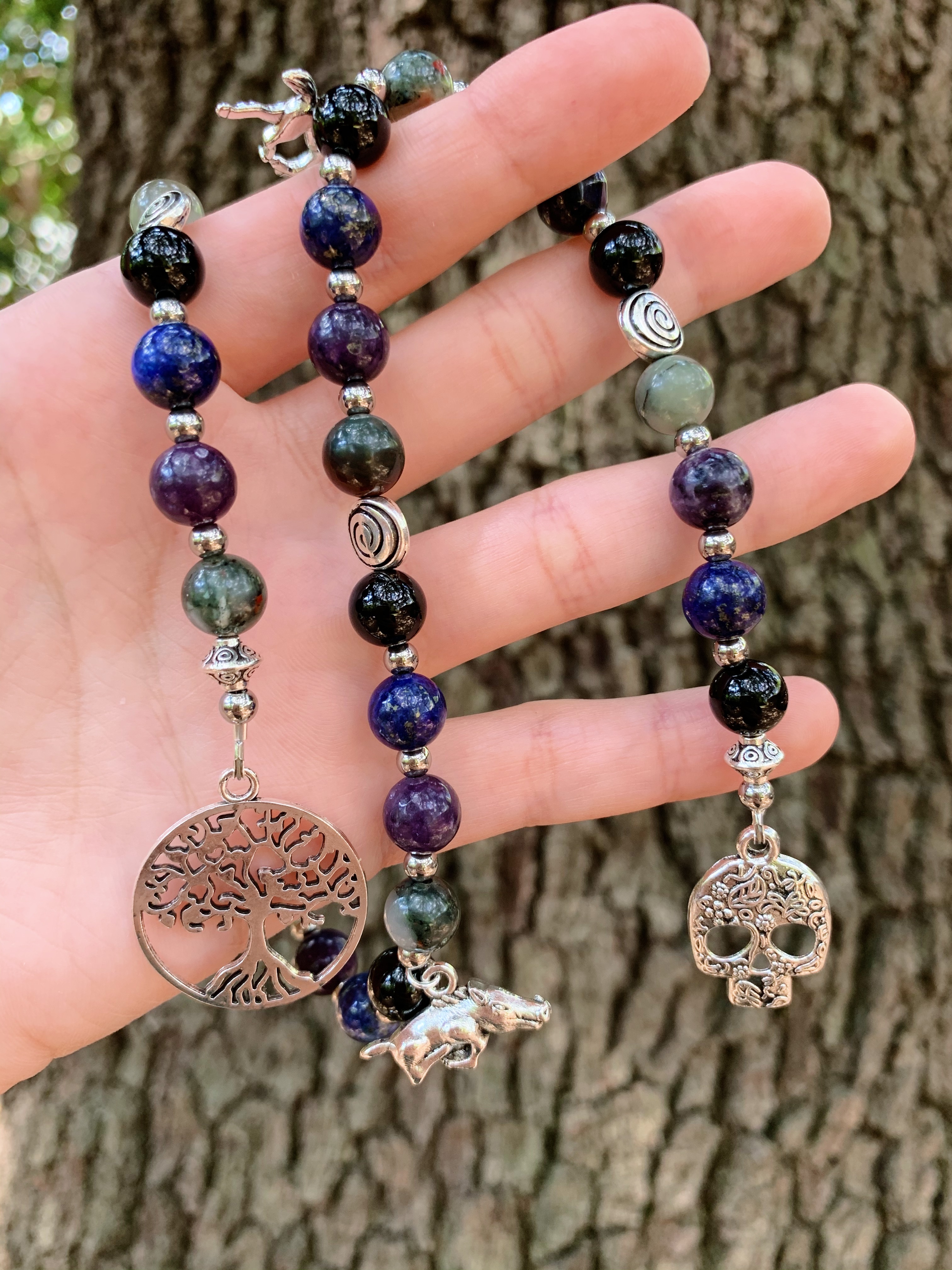
These prayer beads can also be used in healing generational trauma, or for connecting with ancestors who are not blood-relatives, such as adoptive ancestors or land ancestors.
Ancestor veneration belongs to every person, regardless of their spiritual or religious beliefs, race, ethnicity, gender, or age. If you believe the dead have a continued existence and/or remain in our collective memories long after their passing, then I invite you to use these ancestor prayer beads in your practice, in whatever way feels right to you.
You do not need to know the names of your ancestors, nor do you need to call upon all ancestors collectively if there are some you would rather avoid contact with.
Whether you celebrate a pagan holiday such as Samhain or Winter Nights, or simply wish to connect with those who came before you, it is my hope that these ancestor prayer beads will help all spiritual seekers build a better connection with their ancestors and spirit guides.
Shop Ancestor Prayer Beads
Sources
1. H.R. Ellis Davidson, Myths and Symbols in Pagan Europe (Syracuse: Syracuse University Press, 1988)

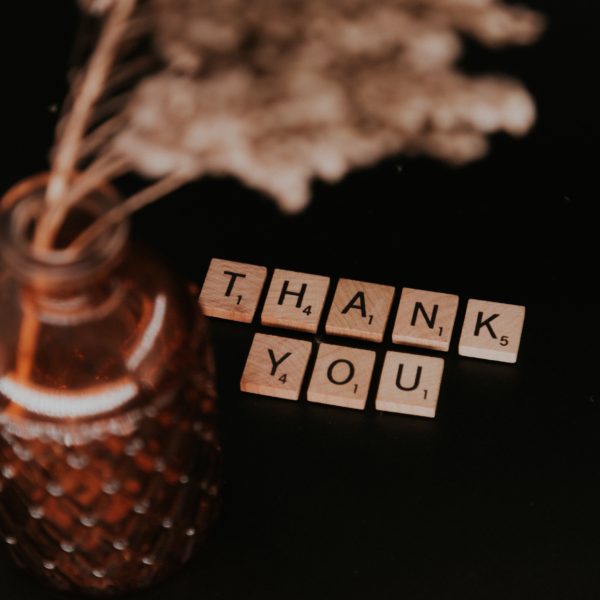













Greetings Just discovered your website. I am wondering if you can recommend any herbs, flowers, or plants that can invoke your connection to your ancestors, and that can also do inner healing.